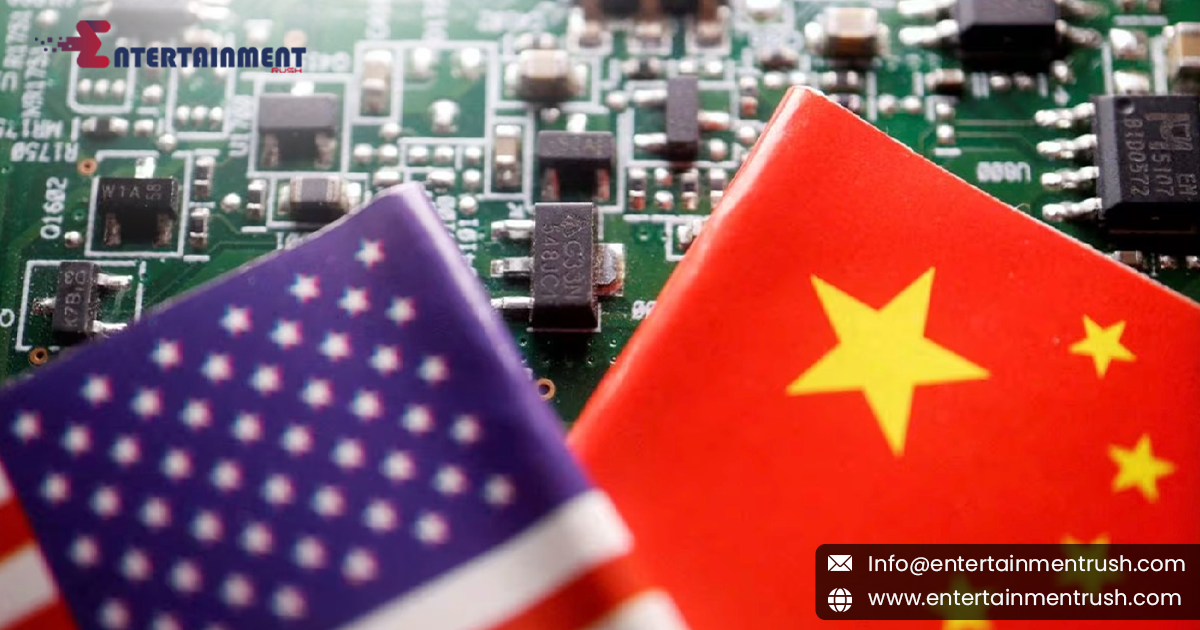In a significant move aimed at reshaping the global technology landscape, the United States is uniting with its allies and industry leaders to bolster controls on technology exports to China. This strategic collaboration represents a concerted effort to address national security concerns and manage the geopolitical risks associated with China’s growing technological capabilities. Here’s a closer look at the motivations behind these controls, the nature of the alliance, and the potential implications for the global tech industry.
The Rationale Behind Strengthening Tech Controls
The push to tighten technology controls on China is driven by several factors:
National Security Concerns:
The U.S. and its allies have expressed concerns that advanced technologies, particularly those related to artificial intelligence, cybersecurity, and telecommunications, could be used by China for purposes that threaten national security. There is apprehension that these technologies might enhance China’s military capabilities or enable surveillance and espionage activities.
Geopolitical Rivalry:
The technological rivalry between the U.S. and China has intensified as both nations vie for dominance in key technological sectors. By tightening controls, the U.S. aims to limit China’s access to cutting-edge technologies that could potentially shift the balance of power.
Intellectual Property Protection:
There are ongoing concerns about intellectual property theft and forced technology transfers. Strengthening export controls is seen as a way to protect innovations and intellectual property from being appropriated or misused.
The Nature of the Alliance
The effort to enhance technology controls is not an isolated initiative but rather a coordinated effort involving multiple stakeholders:
Allied Nations:
The U.S. is working closely with its allies, including countries in the European Union, Japan, and South Korea, to establish a unified approach to technology controls. This alliance aims to create a consistent and effective framework for regulating technology exports and ensuring that allied nations are aligned in their strategic goals.
Industry Collaboration:
The U.S. government is also engaging with technology companies and industry leaders to develop and implement these controls. By involving industry experts, the initiative seeks to balance security concerns with the practicalities of technology management and global trade.
Regulatory Framework:
The collaboration involves updating existing export control regulations and potentially introducing new policies. This may include restrictions on the sale of certain technologies, enhanced scrutiny of technology transactions, and greater oversight of technology transfers.
Implications for the Global Tech Industry
The strengthened tech controls have several potential implications for the global technology sector:
Impact on Technology Supply Chains:
The new controls may disrupt existing supply chains and partnerships between U.S. and Chinese technology companies. Companies that rely on cross-border technology exchanges may face challenges in navigating these regulations.
Innovation and Collaboration:
While the controls aim to address security concerns, they may also impact international collaboration and innovation. Researchers and companies may need to adjust their strategies to comply with new regulations, potentially slowing the pace of technological advancements.
Market Dynamics:
Companies in the technology sector might experience shifts in market dynamics as a result of the new controls. Changes in export regulations could influence the competitive landscape, affecting how companies position themselves in the global market.
Diplomatic Relations:
The effort to strengthen tech controls could strain diplomatic relations between the U.S. and China. The geopolitical tension surrounding technology exports may lead to broader discussions about trade, security, and international cooperation.
Looking Ahead
The collaboration between the U.S., its allies, and industry leaders to strengthen technology controls on China reflects a strategic response to evolving global challenges. As the initiative unfolds, it will be essential to monitor its impact on technology markets, international relations, and global innovation.
The success of this effort will depend on the ability of stakeholders to balance security concerns with the needs of the technology industry and the broader global economy. As nations work together to navigate these complex issues, the outcome will shape the future of global technology dynamics and international relations.
the U.S. and its allies are taking decisive steps to manage the risks associated with technological advancements and geopolitical competition. By joining forces with industry leaders and aligning their strategies, they are aiming to address national security concerns while maintaining a stable and innovative global technology environment.




Leave feedback about this